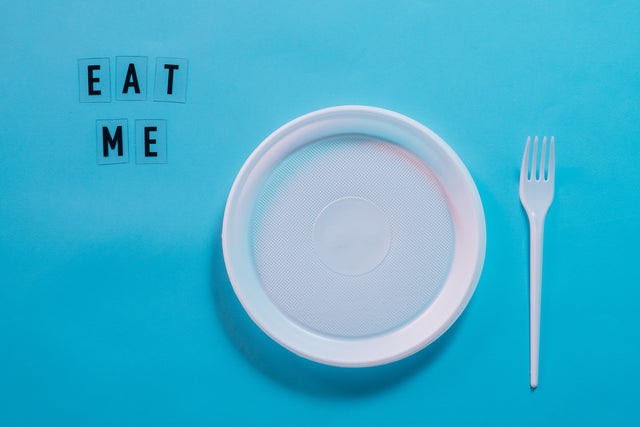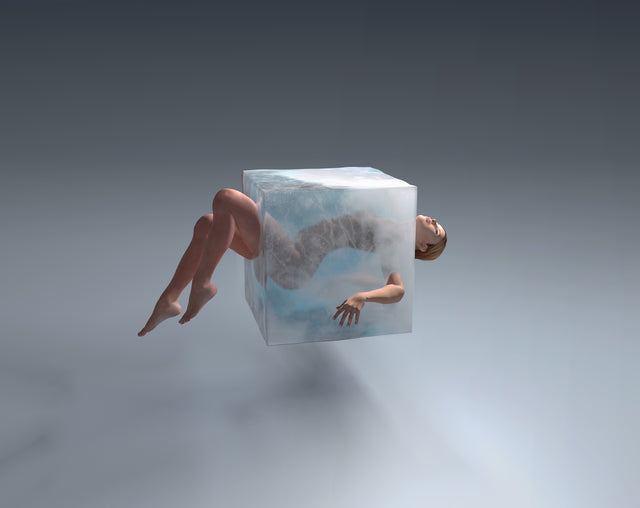It’s no secret, that CrossFit is a physically demanding sport. With constantly varied movements, that require efficient range of motion, agility, strength, and mobility, optimizing your recovery through effective techniques and physical therapy is crucial for your performance. Graston technique, is an effective treatment option to help keep your range of motion, and mobility on point, so that you continue crushing your WODs.
What is Graston Technique?
Overuse injuries can lead to scar tissue build up, calcification, and adhesions in your muscle tissue. This alters muscle function, increasing muscular imbalances, impeding range of motion, abating muscle growth and can even cause acute muscular pain. Often times, athletes will use a lacrosse ball to address muscular tightness and discomfort. But for more competitive athletes, any hindrance in training, can be disruptive and calls for more attention. Graston technique, created by David Graston is an evidence-based form of instrument-assisted soft tissue mobilization (IASTM) that allows for precise detection and treatment of fascial restrictions as well as muscle and tendon dysfunction. Graston technique employs six stainless steel instruments of various shapes and sizes, to scrape and rub problem areas of connective tissue. In turn, this helps resolve muscular adhesions, scar tissue build up, and calcification in the muscles and tendons.
How Does Graston Technique Works?
For example, your rotator cuff is a common area that is prone to injury and can take quite a bit of time to heal. By applying the Graston tool to that specific area, you create intentional inflammation, which directs more blood flow and stimulates faster healing. Through the scraping motion, Graston technique is a great prospecting tool to uncover and detect problem areas. Muscles commonly end up in knots and create chronic soft tissue injuries. Graston technique can break down the scar tissue and fascial restrictions by creating an inflammatory response helping repair soft tissue structures.
Who Performs Graston Technique?
Graston technique is performed by many different professionals such as certified physical therapists, chiropractors, and osteopathic physicians. However, each provider goes through rigorous training, that consists of two modules (M1 & M2) of 26 hour training, covering instrument technique for nerve flossing, indications, contraindications, and several hands-on hours with patients.
Graston Technique Indications
After an injury occurs, soft tissue can repair itself in a haphazard fashion forming scar tissue and calcification, if the injury is not addressed in a timely fashion. While scar tissue is not painful it can limit range of motion, and cause stiffness which may contribute to chronic pain.
The Graston technique has the potential to treat acute and chronic conditions such as:
- Lower back muscle strain or sprain
- Achilles tendinosis
- Carpal tunnel syndrome
- Cervical sprain/strain
- Plantar fasciitis
- Rotator cuff tendinosis
- Shin splints
- Tennis/golfer's elbow
How Graston Technique Can Improve Recovery & Performance: Takeaway
If you’re a competitive athlete, Graston technique is another great recovery therapy you can incorporate into your training. While Graston can definitely improve range of motion and mobility by reducing scar tissue formation through inflammation initiating the healing process, for $60-90 per treatment it can get quite expensive, pretty fast. I would recommend only using Graston technique when and if other preliminary treatment options have not provide you the effective relief you need.








